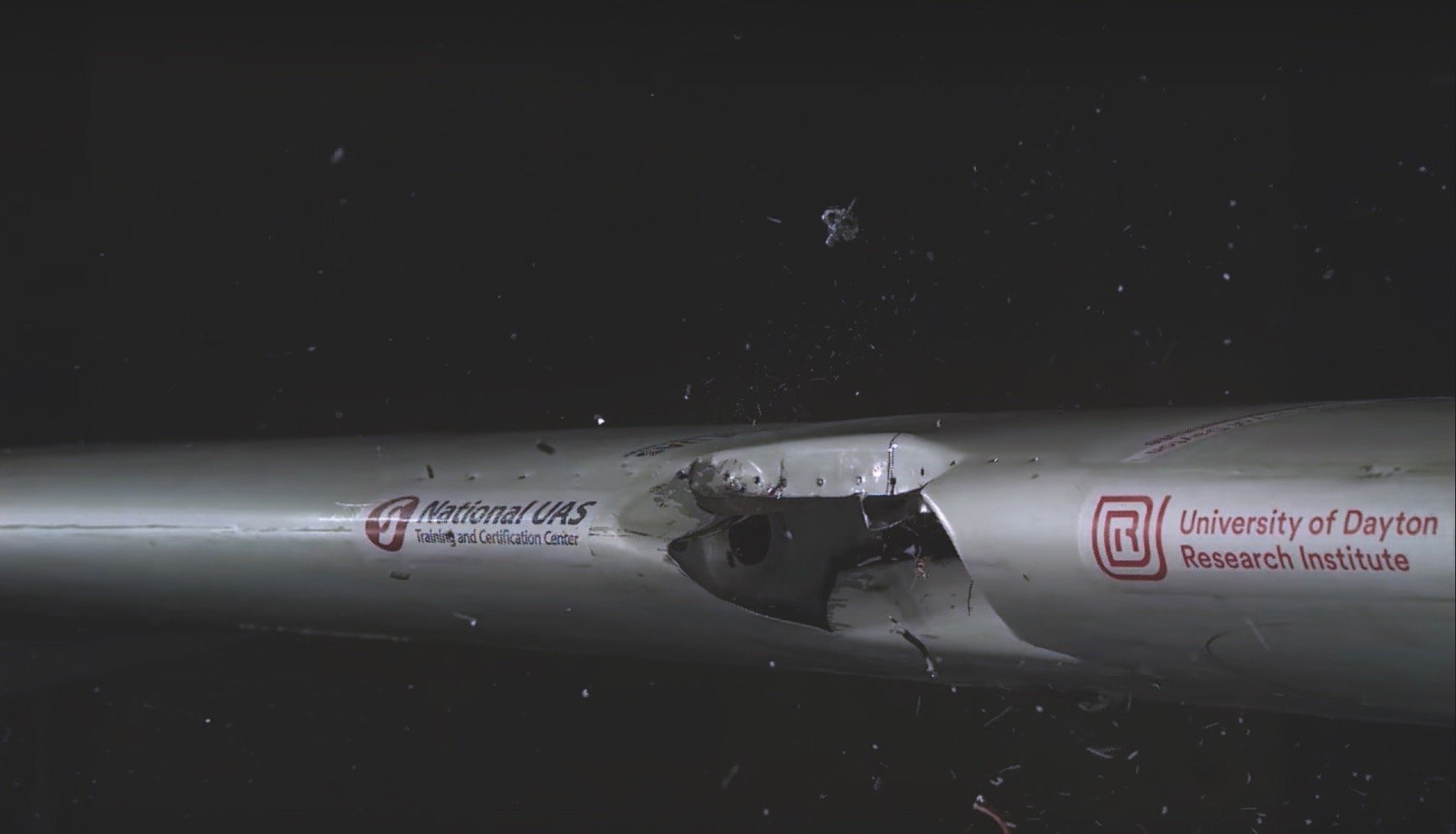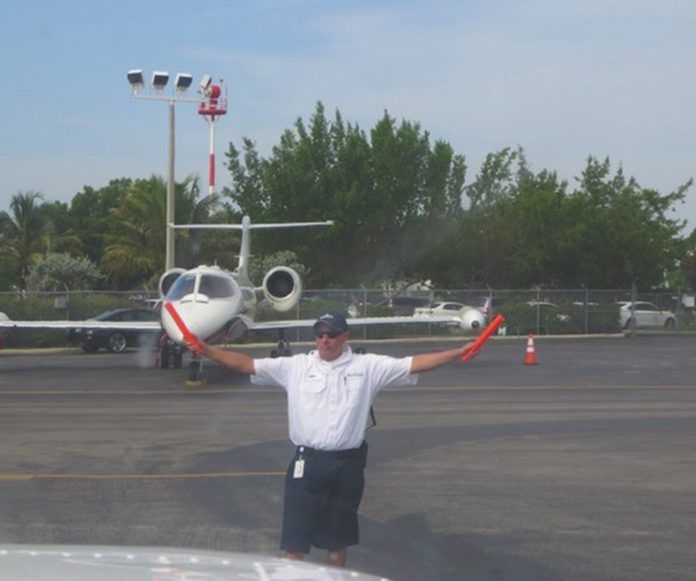In late October, six general aviation industry organizations released a series of “best practices” for fixed-based operators (FBOs) and airports to adopt as a way to inform customers about the prices and fees they can expect. The agreement comes after a series of public conversations between pilots’ groups and the FBOs. The six organizations behind the agreement are the Aircraft Owners and Pilots Association, the Experimental Aircraft Association, General Aviation Manufacturers Association, Helicopter Association International, the National Air Transportation Association and the National Business Aviation Association.
The organizations’ joint statement on “Know Before You Go” best business practices acknowledge “ensuring the highest level of customer service and transparency is a longstanding hallmark for FBOs.” But “by expanding online communication of prices and fees, the customer experience for general and business aviation users will only be further enhanced.” The organizations’ best business practices are restated in the sidebar below.
“This is about the fundamental rights of pilots—whether they fly piston or turbine airplanes—to know what the fees and charges are before they get to the airport,” said AOPA President Mark Baker. “AOPA’s efforts toward fairness and transparency will lead to informed decisions for pilots, drive competition, and increase flying—a win-win for general aviation. “This is a major step in our work to ensure reasonable airport accessibility, and we hope that today’s announcement sends a unified message that FBOs need to be able to accurately tell all aviators what costs to expect before arriving at publicly funded airports,” Baker added.
“The National Air Transportation Association (NATA) and its Airport Business Committee are pleased to assist in driving an initiative that allows aviation businesses to demonstrate their commitment to continuous improvement in communications and customer service,” said NATA President Gary Dempsey. The NATA’s membership is composed of FBOs and other aviation businesses. (Disclosure: This magazine’s editor-in-chief is a former NATA employee.) “This industry recommended best business practice document memorializes the importance of clear communication which is practiced by the vast majority of FBOs,” Dempsey concluded.
The six-organization agreement in late October came after an October 11, 2018, letter to FAA Acting Administrator Daniel Elwell asking the agency to standardize the labeling of airport ramp space and ensure that airport diagrams are clearly and accurately marked so pilots are better informed about available parking options, including the ability to bypass an FBO’s services and fees. The Elwell letter was jointly signed by all of the organizations adopting the “Know Before You Go” best practices except NATA.
The AOPA said it has been “investigating and fighting egregious and often unknown FBO fees” for more than a year and a half, and that “publicizing transient parking locations provides pilots with an alternative so they are not forced to pay for services at some FBO-controlled ramps that they don’t need or never requested.” According to AOPA, some airport charting already has been updated to more clearly label available ramp space. And as we noted last month, worldwide FBO chain Signature Flight Support has begun publishing online a list of fees for piston aircraft at many of its facilities.
The “Best Communications Practices” statement by the six organizations also follows this magazine’s July 2017 editorial, in which we noted, “Operators should be able to determine exactly what fees they may incur before landing or taxiing onto that FBO’s ramp. This includes landing fees levied by the airport, tiedown or parking fees, convenience charges, flowage fees, etc., and under what circumstances, if any, they may avoid any fees. In this day and age, there’s no reason this information cannot be part of the aeronautical data we review during the planning process.”
In a related development, the U.S. Government Accountability Office (GAO) is looking into FAA oversight of “pricing and transparency” at public airports, according to an October 16, 2018, letter from two members of Congress. U.S. Reps. Ralph Abraham (R-La.) and Steve Russell (R-Okla.) wrote the GAO that “there appears to us there may be significant and serious lapses” in the FAA’s oversight of airport obligations at federally funded facilities.
(Congratulations to GAO, the FAA and all six organizations for recognizing the importance of this matter to operators and agreeing on the basic ways in which relevant information can be disseminated. —Ed.)
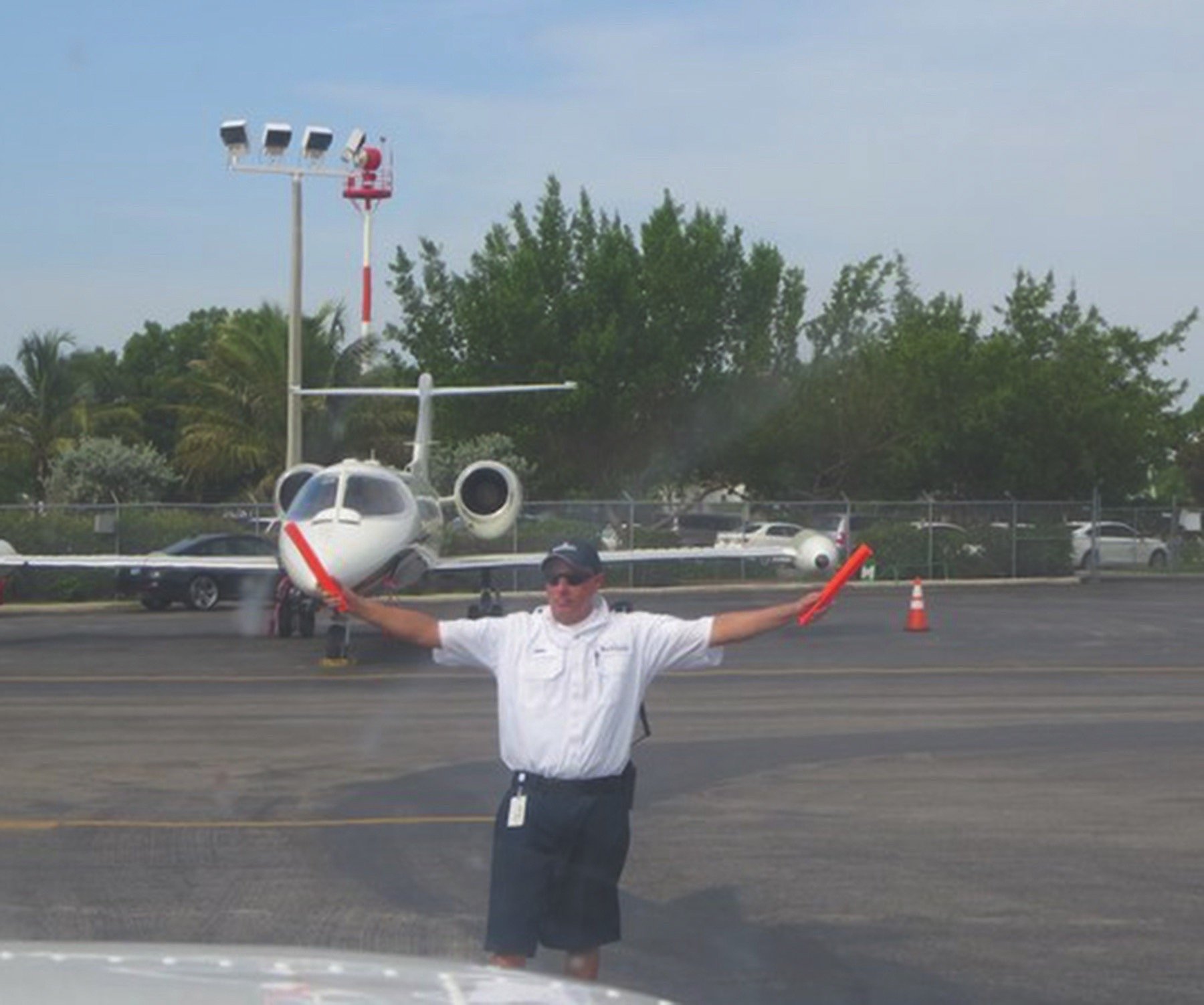
Best Communications Practices For FBOs
1. Best Communications Practices Fixed-Based Operators (FBOs) will provide for all General Aviation and corporate-configured aircraft types in routine personal or business use a description of available services and a listing of current applicable retail fuel prices, fees and charges. This includes FBO fees and charges for services, pre-planned special events, infrastructure, facility, ramp, parking, handling, and security, as well as airport pass through fees.
2. A Best Communications Practices FBO will make current applicable retail charges and fees, and what they are for, accessible to aircraft operators on-line in a user-friendly manner and with sufficient clarity that a pilot operating a general aviation or corporate-configured aircraft type in routine personal or business use can make an informed decision. This online information should have as one focus eliminating any misunderstanding or miscommunication on fees and charges related to the products or services FBOs provide.
3. FBOs should move expeditiously to implement these practices. Some FBOs may require greater flexibility and, depending on their individual circumstances, may need more time to develop on-line display capabilities or develop appropriate alternatives.
4. Best Communications Practices FBOs will invite and encourage customers to contact them prior to visiting so that customers can ask questions, know and evaluate their options, and make informed decisions.
Embry-Riddle Studies Drone Collision Risk
The Embry-Riddle Aeronautical University (ERAU) in September published a study that evaluated the risk of mid-air collisions posed by operators of small unmanned aircraft systems (sUAS), commonly known as drones. The ERAU study looked only at drones manufactured by DJI, a popular sUAS maker, operating near its Daytona Beach, Fla., campus over a 13-day period.
The study’s authors used another DJI product, an Aeroscope, which the company says “is a comprehensive drone detection platform that rapidly identifies UAV communication links, gathering information such as flight status, paths, and other information in real-time.” The Aeroscope was placed on top of a three-story building at the ERAU campus.
Significantly, that campus is basically across the street from the Daytona Beach International Airport, which is within Class C airspace. The ERAU study did not determine the regulations under which an sUAS was being operated or, presumably, whether the operator(s) had approval to be in the airspace. That said, the ERAU study detected DJI drones “as close as 0.83 statute miles (SM) to as far as 10.58 SM from the detection device.” Additionally, ERAU researchers determined that unmanned DJI aircraft “operated as close as 0.50 NM to public airports and 0.35 NM to heliports. Of the 190 data points, 96.8% (n = 184) were detected within 5 SM (~4.34 NM) of an aerodrome, with 84.2% (n = 160) detected within 5 SM of two or more aerodromes.”
The study’s authors believe local conditions will not result in similar detection characteristics when such a study is performed at a different location. “In the case of Daytona Beach, it is likely that waterway detections are higher than most communities due to the proximity of the Halifax River and Atlantic coastline. Additionally, the presence of the Daytona International Speedway likely creates a larger proportion of stadium or venue detections than would be encountered in many other communities,” the authors said.
There are numerous details of the ERAU study that may be of interest to operators of sUAS and manned aircraft alike. The 33-page document is available to download from ERAU at tinyurl.com/SAF-ERAU.
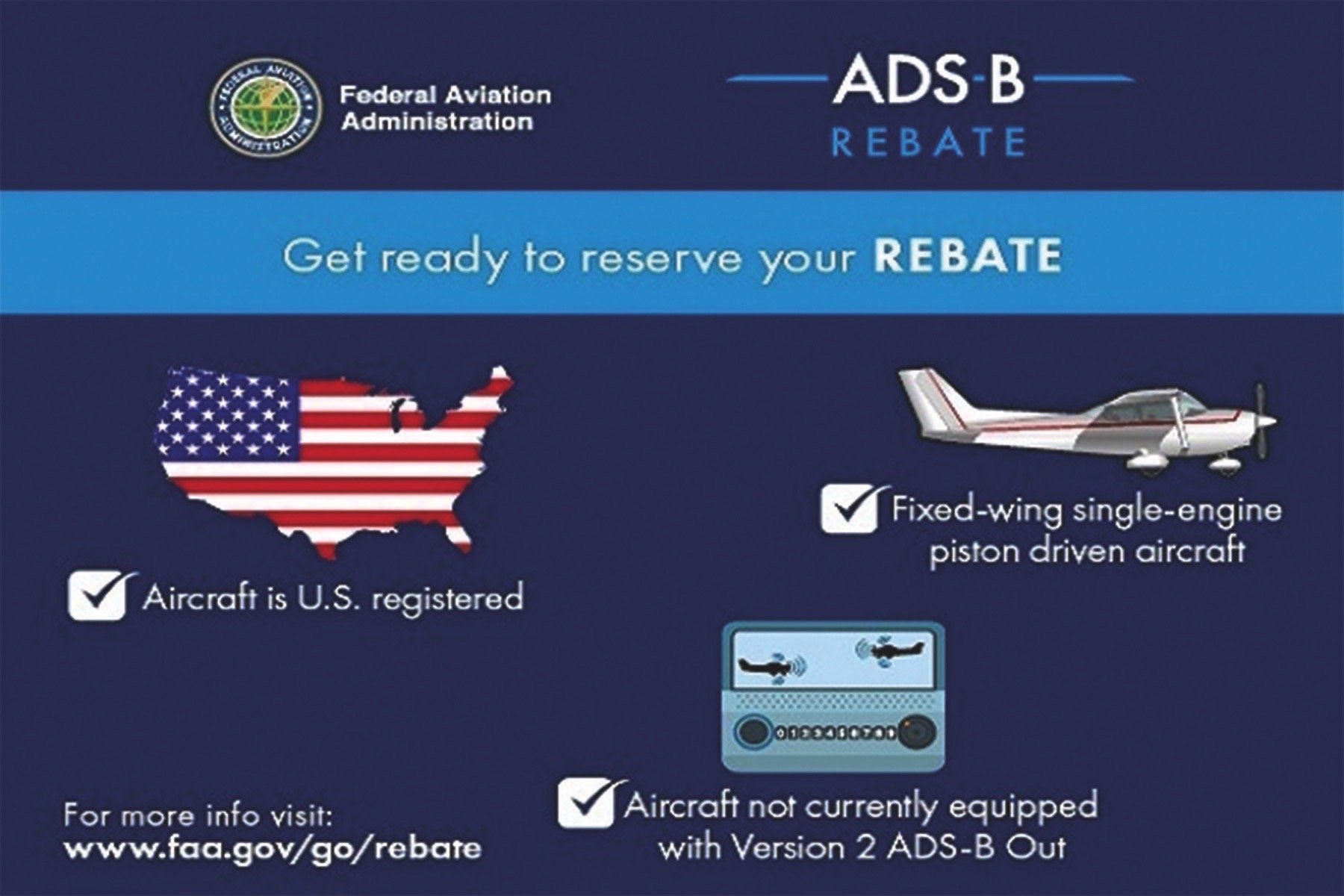
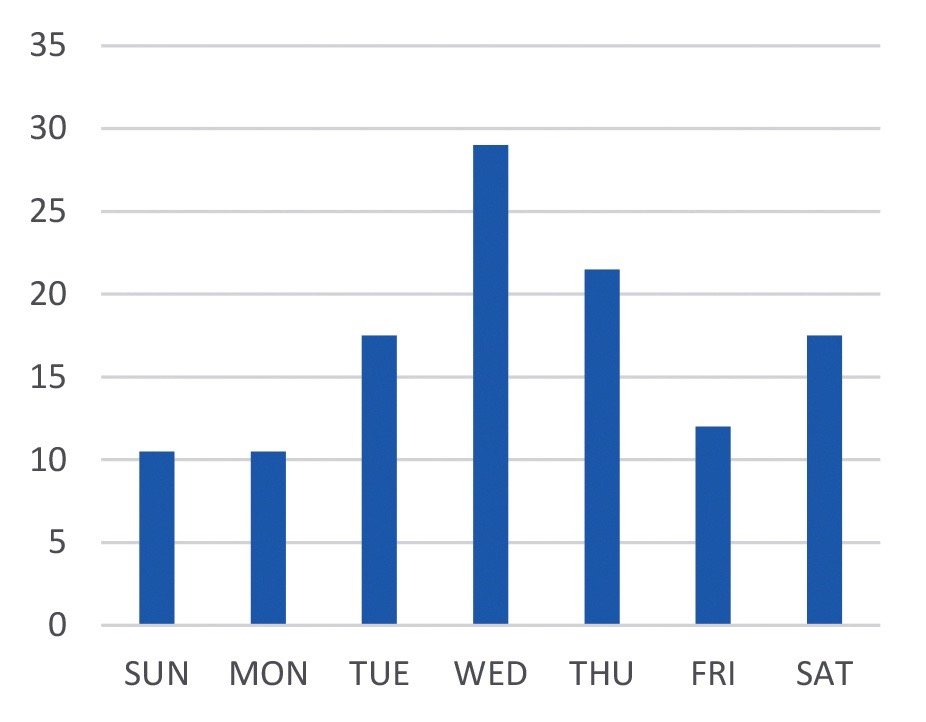
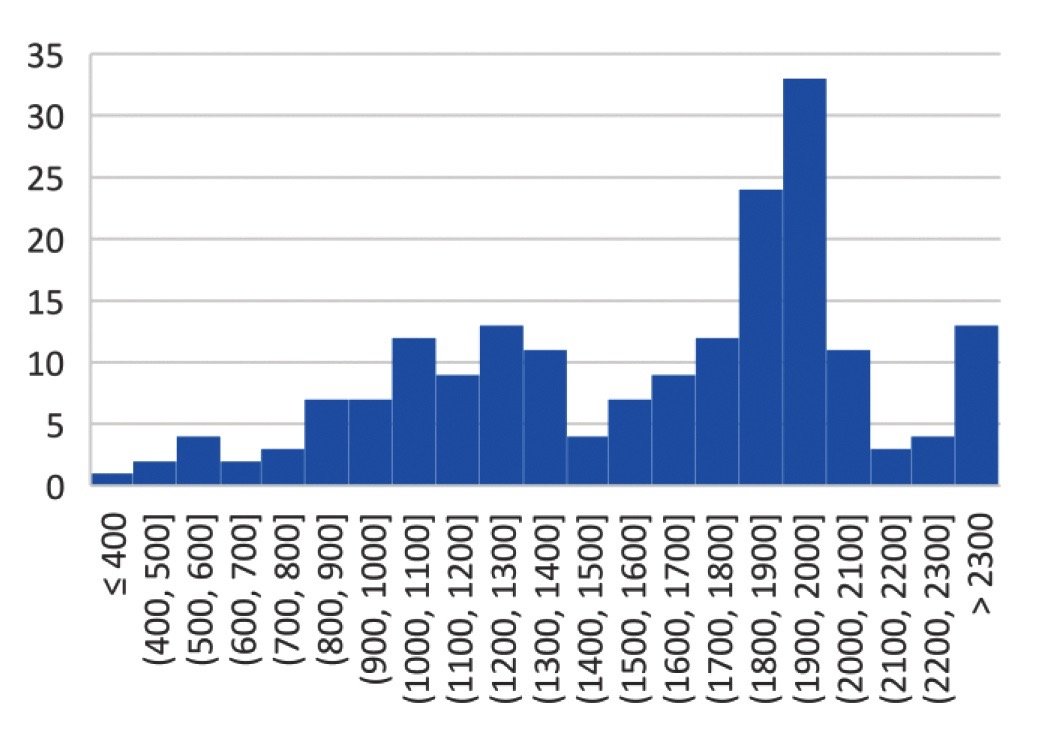
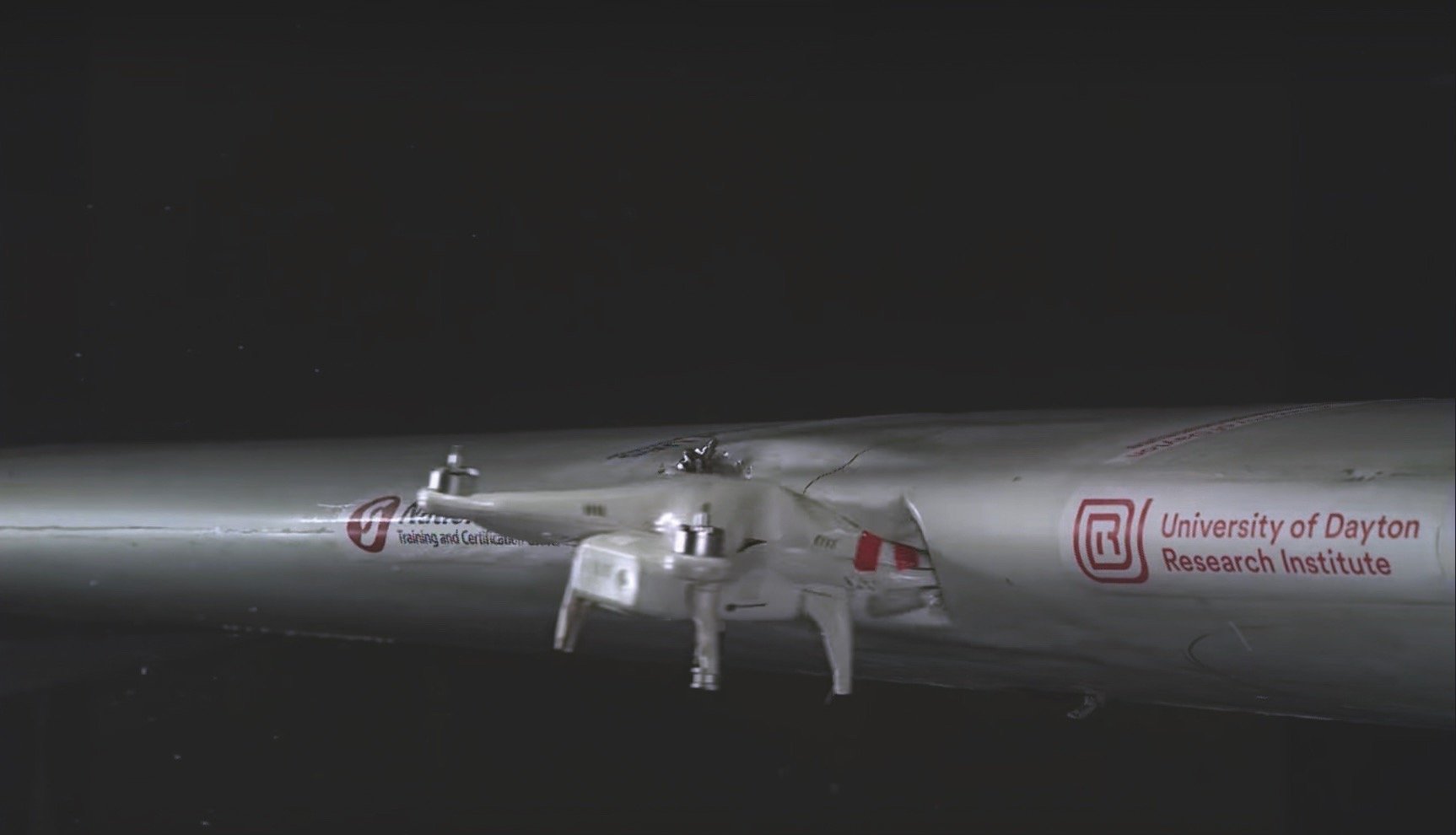
Rebate Redux
The FAA announced October 11, 2018, that it is relaunching its $500 ADS-B rebate program. The program provides a $500 rebate to owners who upgrade their aircraft with a rule-compliant ADS-B Out system between now and October 11, 2019. Some $4,900,000 is available under the rebate program, to help fund 9,792 installations. A previous program ran from September 19, 2016, to September 18, 2017, and issued more than 10,000 rebate payments for new ADS-B Out installations.
As before, there is fine print. The FAA says there are five steps aircraft owners should follow to meet the mandate and receive the $500 rebate:
– Purchase the equipment and schedule installation.
– Obtain a Rebate Reservation Code by reserving a position online.
– Install the equipment.
– Conduct the required equipment performance validation and get an Incentive Code.
– Claim the $500 rebate online using the Rebate Reservation Code and Incentive Code.
The rebate are available only to those who have not yet equipped their aircraft (which again omits our editor-in-chief). The deadline is January 2020.

